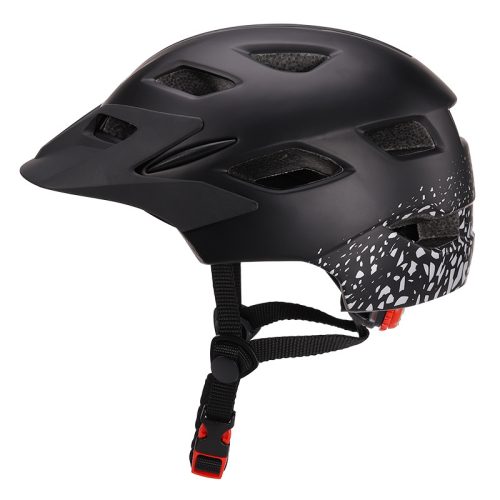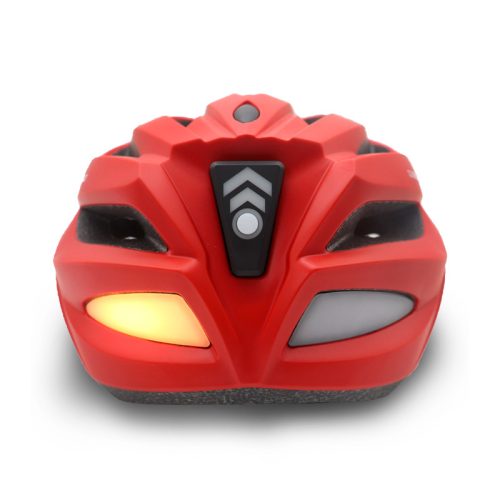Bike helmet safety is paramount when it comes to cycling. Here are some essential tips to ensure you’re using your helmet effectively:
- Wear Your Helmet: Always wear your helmet when cycling, regardless of your age or experience. Helmets significantly reduce the risk of head injury in the event of an accident.
- Proper Fit: Ensure your helmet fits snugly and securely on your head. It should not be too tight or too loose. Follow the manufacturer’s sizing guidelines, and make use of the helmet’s adjustment system to achieve a comfortable fit.
- Positioning: Wear your helmet level on your head. It should sit low on your forehead, about one to two finger-widths above your eyebrows. Do not tilt it backward or forward.
- Secure Straps: Adjust the chin straps so that they form a “Y” shape under your ears and buckle securely under your chin. The straps should be snug, but you should still be able to open your mouth comfortably. Make sure there’s no slack in the straps.
- Check for Stability: After fastening the chin straps, shake your head from side to side and front to back. Your helmet should remain stable and not wobble or shift. If it does, readjust the straps and fit until it’s secure.
- Buckle It Up: Always buckle your chin strap. An unbuckled helmet is no protection in case of a fall or accident.
- Visor Adjustment: If your helmet has a visor, adjust it so that it provides shade and protection from the sun without obstructing your vision.
- MIPS Technology: If your helmet has MIPS (Multi-directional Impact Protection System) technology, ensure it’s properly integrated. MIPS can provide an extra layer of protection against rotational forces in the event of an impact.
- Inspect Your Helmet: Regularly inspect your helmet for any signs of damage, such as cracks, dents, or loose parts. If you find any damage, replace your helmet immediately, even if it hasn’t been in an accident.
- Replace After a Crash: If you’re involved in a crash, even if your helmet doesn’t appear damaged, replace it. Helmets are designed to absorb a single impact and may not provide the same level of protection afterward.
- Keep it Clean: Clean your helmet periodically according to the manufacturer’s instructions. Use a mild detergent and warm water, and avoid using harsh chemicals or solvents that can damage the materials.
- Storage: Store your helmet in a cool, dry place away from direct sunlight and extreme temperatures. Avoid placing heavy objects on top of it, as this can damage the helmet’s integrity.
- Personalization: Avoid making modifications to your helmet, such as drilling holes for additional accessories, as this can weaken its structure and safety features.
- Set a Good Example: If you have children, ensure they wear helmets as well and teach them the importance of proper helmet use from an early age.
Following these helmet safety tips will help maximize the protective benefits of your bike helmet and reduce the risk of head injuries while cycling. Your helmet is a crucial piece of safety equipment, so treat it with care and ensure it’s always in good condition when you ride.


